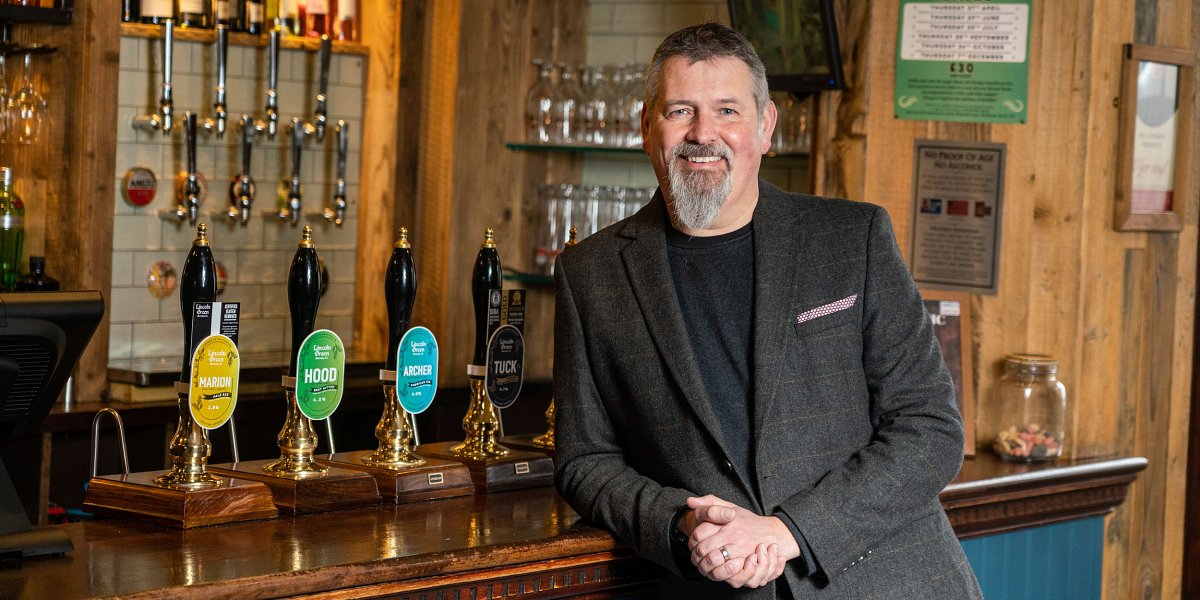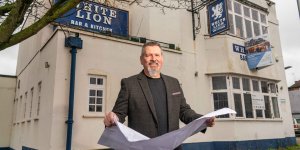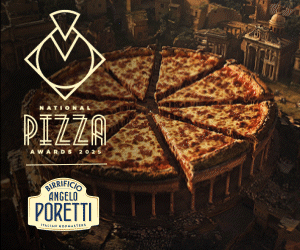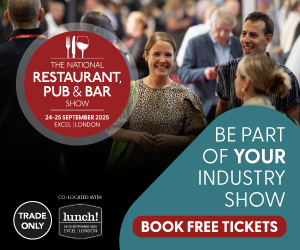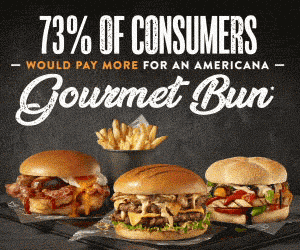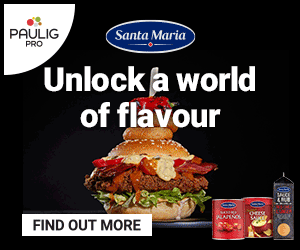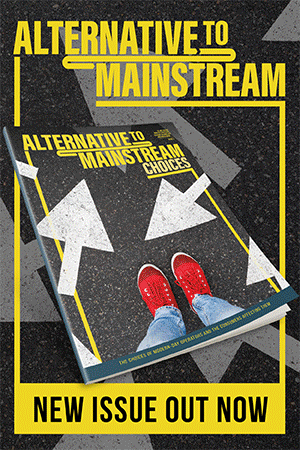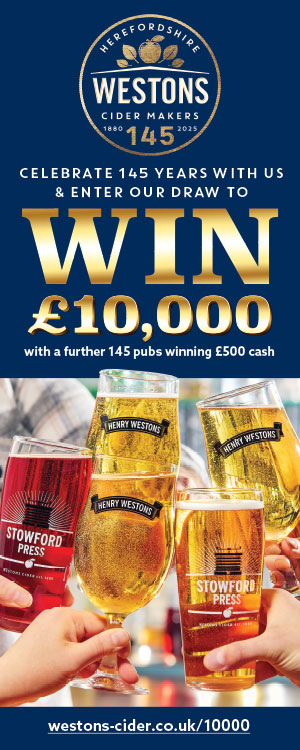Lincoln Green Brewery operator profile
The Lincoln Green Brewery was opened in Hucknall in 2012 by Anthony Hughes (pictured). In 2014, the company diversified into leased pubs as an additional route to market for its cask ales, becoming Lincoln Green Brewery and Pub Company. Tristan O’Hana catches up with Hughes about the journey so far, working within a leased model and creating a branded concept.
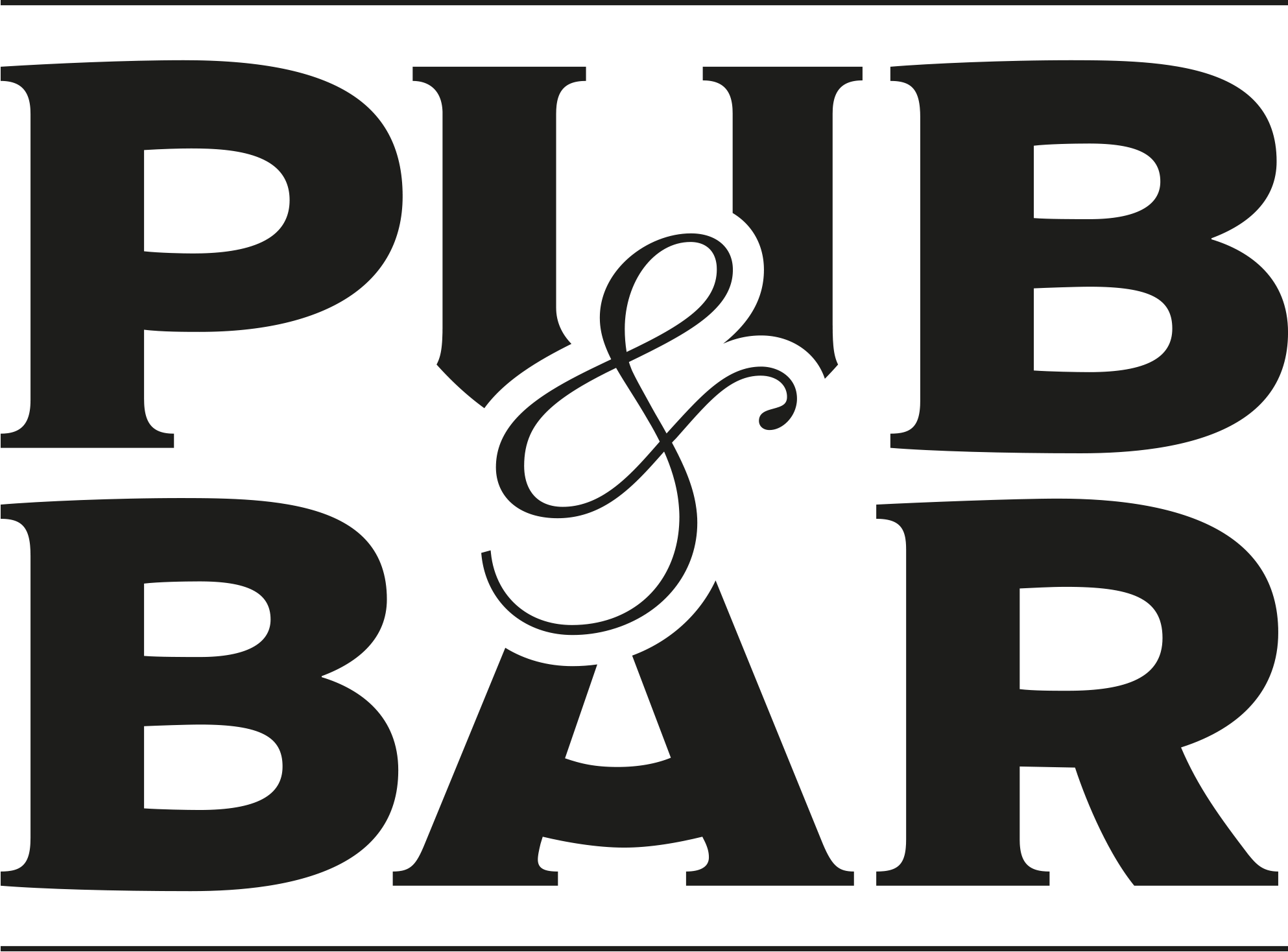
P&B: Thanks for chatting to us, Anthony. Your background is in high street retail – what drew you to hospitality?
AH: I worked for three fashion retailers, which were Foster Menswear, then the Arcadia group. And then I moved out of fashion into opticians, before my role became redundant. So I decided to take a hobby, which was brewing beer, and turn it into a job. It seemed like a great idea at the time in 2012. What I discovered is that making beer is incredibly simple, but selling beer is not quite so easy. That’s where the hospitality thing came in, because wouldn’t it be a lot easier if you had your own pubs and therefore you could sell your beer through your own pumps? That’s the vertically integrated model that seemed to be incredibly successful in the 1970s. Because pubs were essentially like shops, it was a case of playing to my retail skills and experience, so it wasn’t too difficult for me to make that transition.
P&B: With so many non-negotiable beer ties in place, how do landlords react to the fact that you will always want to sell your own cask beers within their leased sites?
AH: So the first pub that we opened in 2014 was The Robin Hood and Little John in the north part of Nottingham. It was bought by Everards Brewery under what they called the Project William Scheme. They would buy the building, fit it out to your specification and put your name above the door. So it looks like a Lincoln Green house. And then they would simply charge you 10% of the capital – the cost of the actual purchasing of the building plus the actual refurbishment of it. At the time, that was incredibly good value for us, with rents that were substantially lower than they might have been if we’d have gone to another pub company at the time, and it was free-of-tie in terms of cask on the bar. Then we were purchasing our other products from Everards. That success led to a second Everards site, The Sir John Borlase Warren, which is in Nottingham city centre. And then we approached Star Pubs & Bars with a Project William mindset asking if this was something they could do with us. So we opened The Station Hotel using exactly the same kind of model and the rest, as they say, is history. We’ve just taken on our third Star Pubs & Bars site and we’ve got a fourth coming up in Beeston that will open in late June/beginning of July. They know how we work and we know how they work.
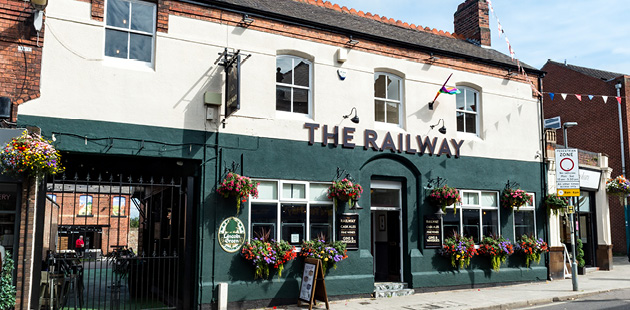
Lincoln Green's The Railway, Belper
P&B: How do you currently view the cask beer market? Is it a category worth investing in?
AH: We’re very passionate about the category overall. It has been struggling for a lot of sites, but I think that we’ve bucked that trend at Lincoln Green. We’re currently 17% ahead of last year, and of that 17%, 30% is cask beer. So there are definitely plenty of people drinking cask.
Still, I think the issue is that a lot of people have actually taken it off the bar altogether and as a result of that, those pubs that remain passionate about it are probably benefiting from the fact that there are fewer pubs now selling it. That’s where the cask category is at the moment. I don’t buy the view that it’s an old man’s drink – that’s definitely not the case with the clientele that we have in our pubs. It’s a massively broad spectrum of men, women and all age groups. It’s a timeless product, but you’ve got to get more people to try it. And then once they’ve tried it, they’re often converted.
P&B: Why then do you think that cask has seen a decline in volume in recent years?
AH: I think where volumes have declined is probably where there isn’t necessarily that tie between the brewery and the pub itself. So, take a large number of pub companies for example, where they don’t have that natural link with a single brewer. Unfortunately, they seem to have taken it off the bar and not realised the reputational damage that can do to the pub as a whole, because cask drinkers bring with them more people who drink other products as well. If you’ve got a great reputation for cask, you’re going to have that drinker leading their group of friends to your venue.
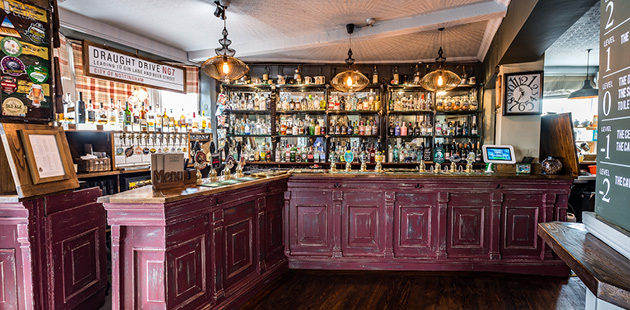
Inside The Sir John Borlase Warren, Nottingham
P&B: So you’re making a success of cask pubs, but we hear you’ve got a branded concept in the making. Care to tell us more?
AH: So, The White Lion in Beeston is a beast of a pub with 140 covers, but it’s been closed for probably about five years now. I think a lot of operators have looked at it and have been scared off by the scale. So, using my Arcadia experience, where we used to split sites and do dual representation of brands like a Burton and Dorothy Perkins in one unit, I applied that thinking and came up with the idea that we could run the front third of the of the pub as a cask-led Lincoln Green site, but then the rear two thirds would be a much more food-focused, contemporary environment focusing on beer and food matching.
As we start to roll out more pubs, with an aim to get to 25 by the year 2030, this gives us two different formats. It will be The Black Shale Bar and Kitchen and I see that side of the business being near to or in town centres, where they can segue from daytime trade through to evening meals out.
P&B: Exciting plans ahead then. It seems like the leased and tenanted model is really working for your business?
AH: It’s primarily because we are complementing, not competing, with their product offer. Star’s lagers are hugely popular in all of our sites, so why would I compete with that? That’s not what we do. We make great cask beer products and we also have some great craft beers that are commercially unviable in a cask format, so we choose to put them into keg. That’s what gives you that big breadth of choice on the bar, because we’ve got something for everyone. As I say, if you try and focus on how you complement the business rather than compete with it, there is no reason why this sort of relationship with our landlords can’t continue to be hugely successful. It works well for them and it works well for us.
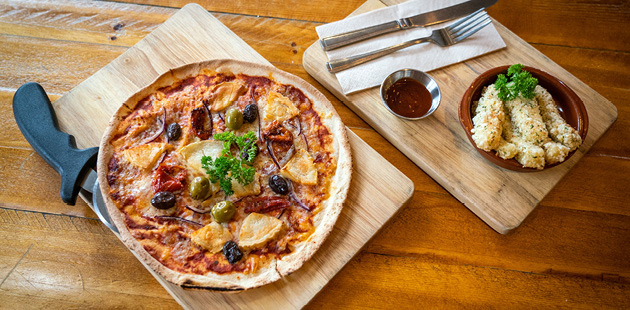
Food on offer at Mill & Brook
P&B: So you don’t have any ambition to own some freeholds?
AH: With freeholds, you have to take them with a pinch of salt in terms of whether they’re all good or not. If you take, for example, Wagamama – its entire business is all based on leases and they don’t own a single property at all. I don’t think there’s any particular reason why we need to own freehold properties. The great thing about the lease model is that, ultimately, the landlord often pays for the costs of new roofs and really expensive things that otherwise we would have to pay for if the building belonged to us. The start-up costs for leased and tenanted are incredibly attractive, so it’s easy for us to do lots and lots of sites at a relatively low start-up cost.
P&B: If you’re targeting 25 sites by 2030, you must currently have a list on the go?
AH: Yeah, there’s a list and there are 50 potential locations within a 60-mile radius of the brewery that we think would fit either one or both of the concepts, so watch this space…

